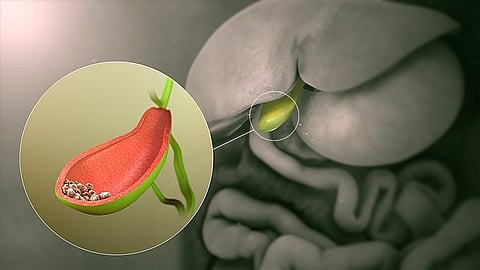The study utilized data from the UK Biobank, a large-scale biobank resource, to examine the associations between serum lipids (total cholesterol, LDL-C, HDL-C, and triglycerides) and cholelithiasis risk. The researchers found that serum LDL-C and HDL-C levels were inversely associated with cholelithiasis risk, indicating that lower LDL-C and higher HDL-C levels were associated with a reduced risk of gallstone formation.
Interestingly, the relationship between serum total cholesterol and cholelithiasis was non-linear, with lower cholesterol levels associated with an increased risk of gallstones. This finding contrasts with conventional wisdom, which suggests that lower cholesterol levels are generally beneficial for health.
The researchers also employed MR, a genetic approach, to investigate the causal effects of serum lipids and lipid-modifying targets on cholelithiasis risk. MR utilizes genetic variants as proxies for specific risk factors, allowing for assessing causal relationships without the confounding effects of lifestyle and environmental factors.


